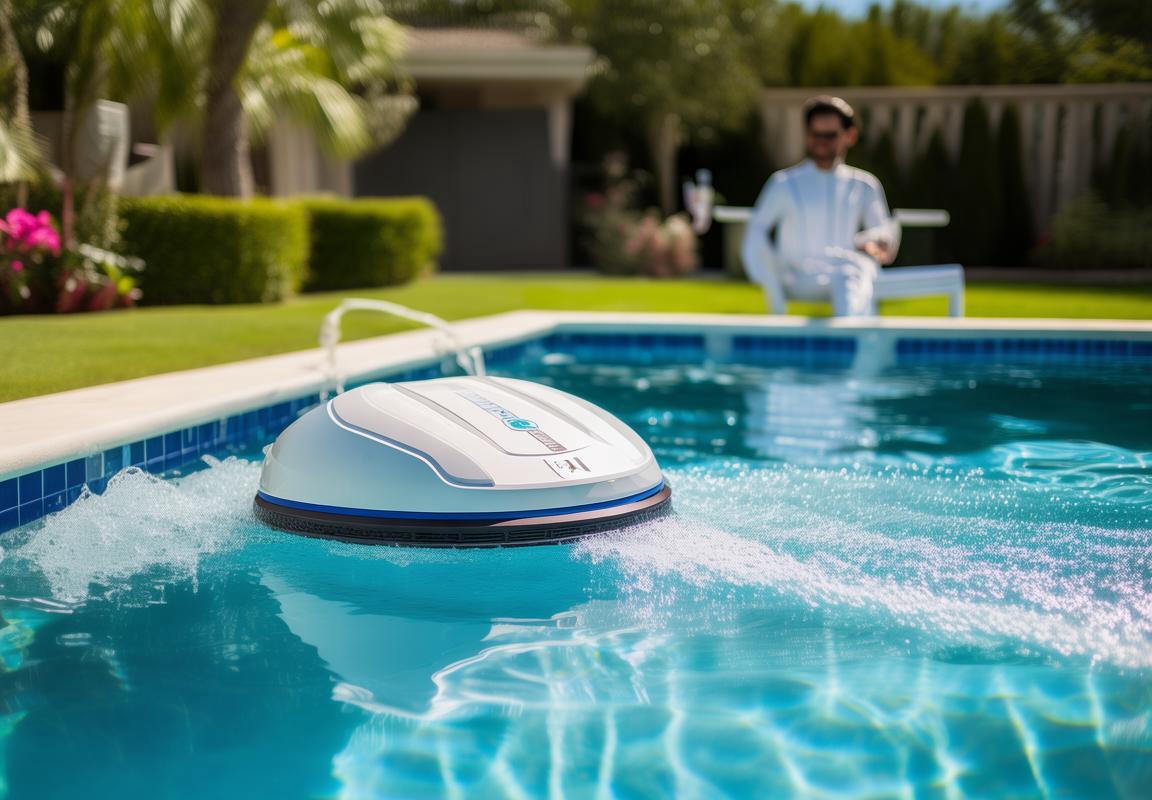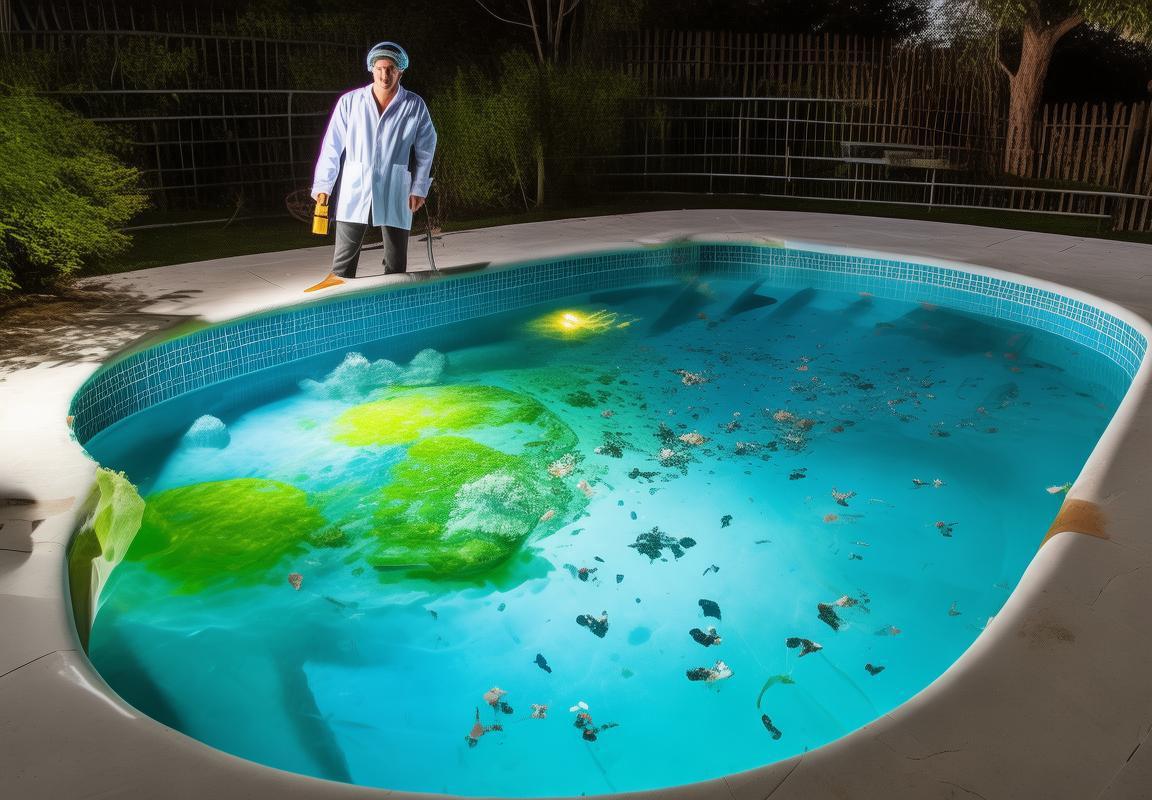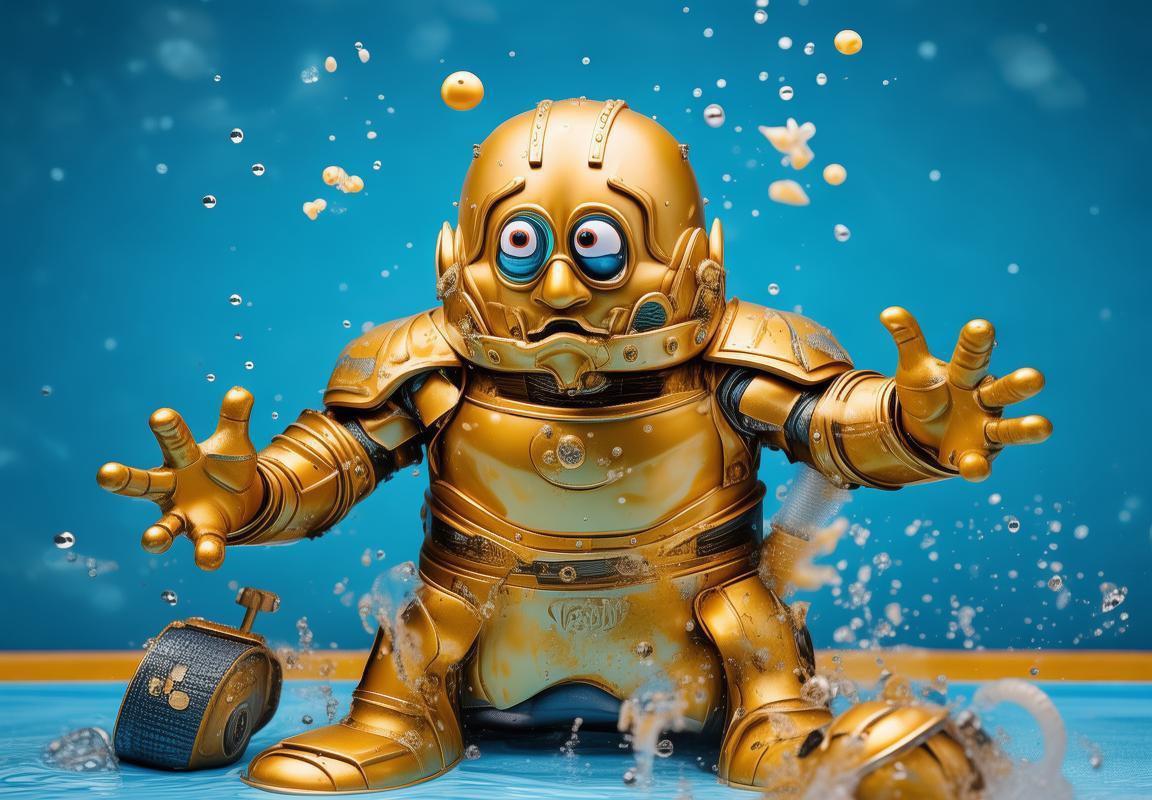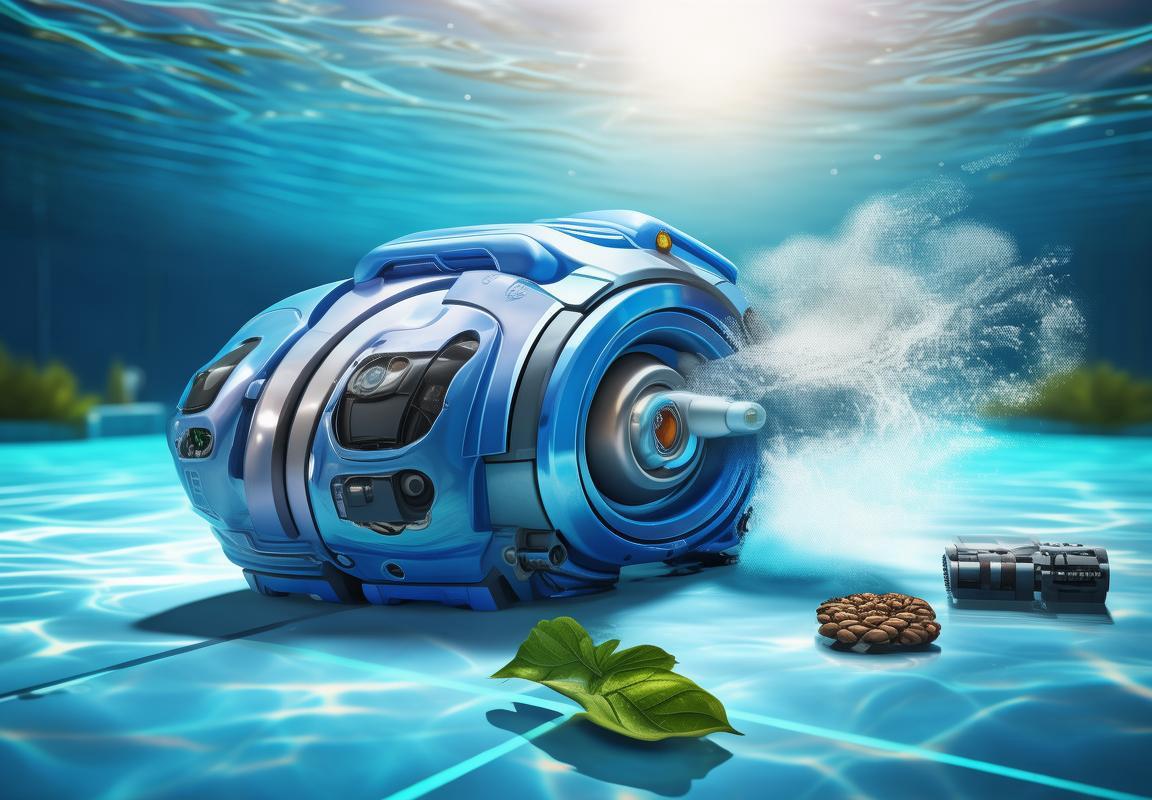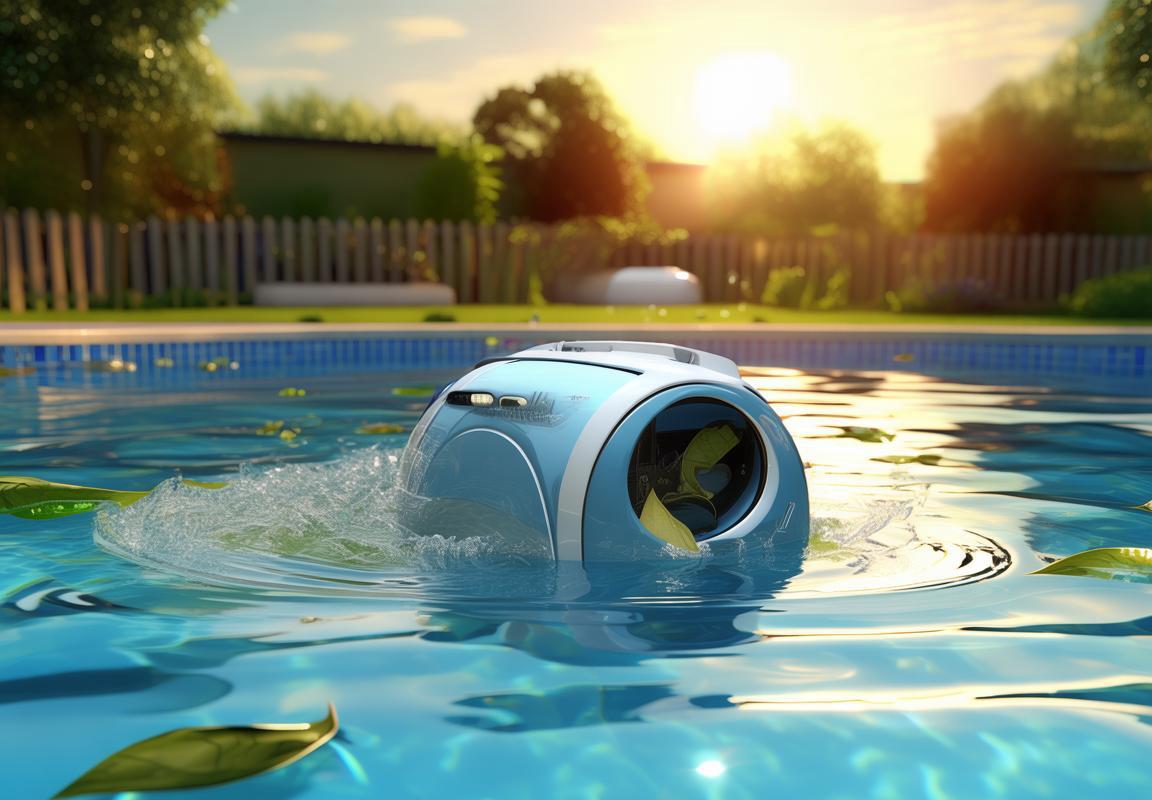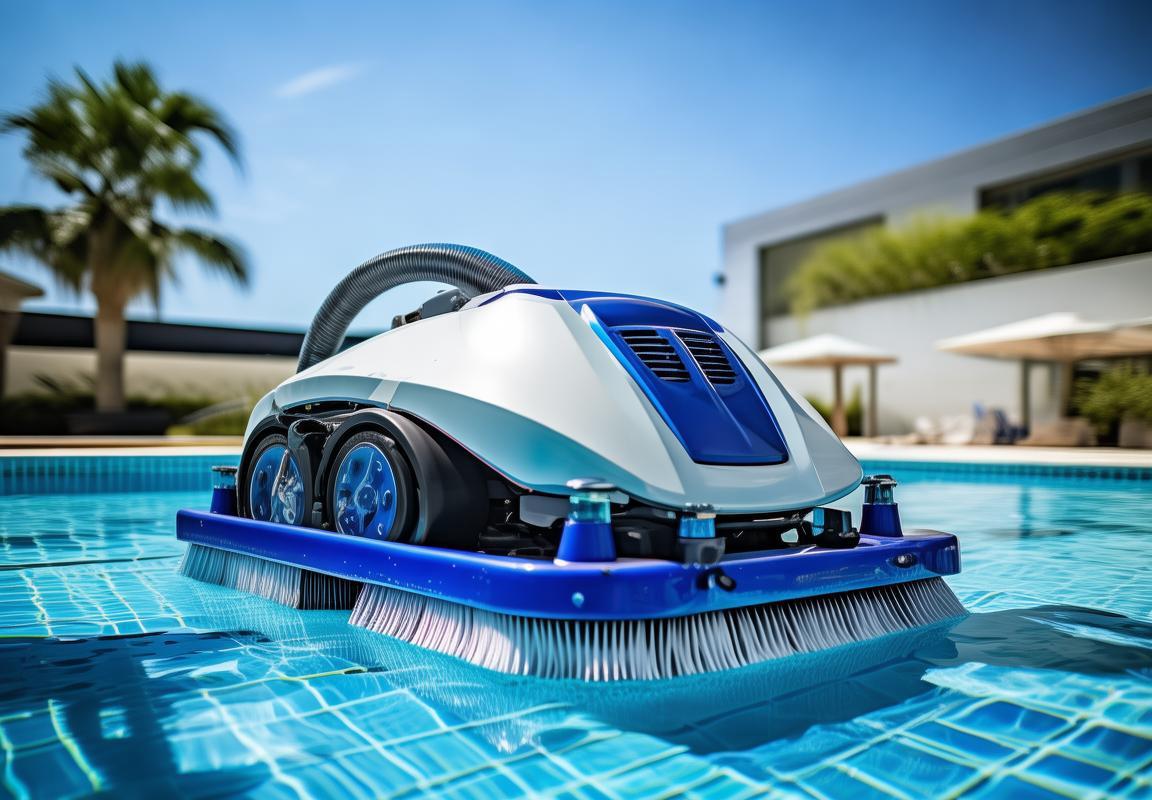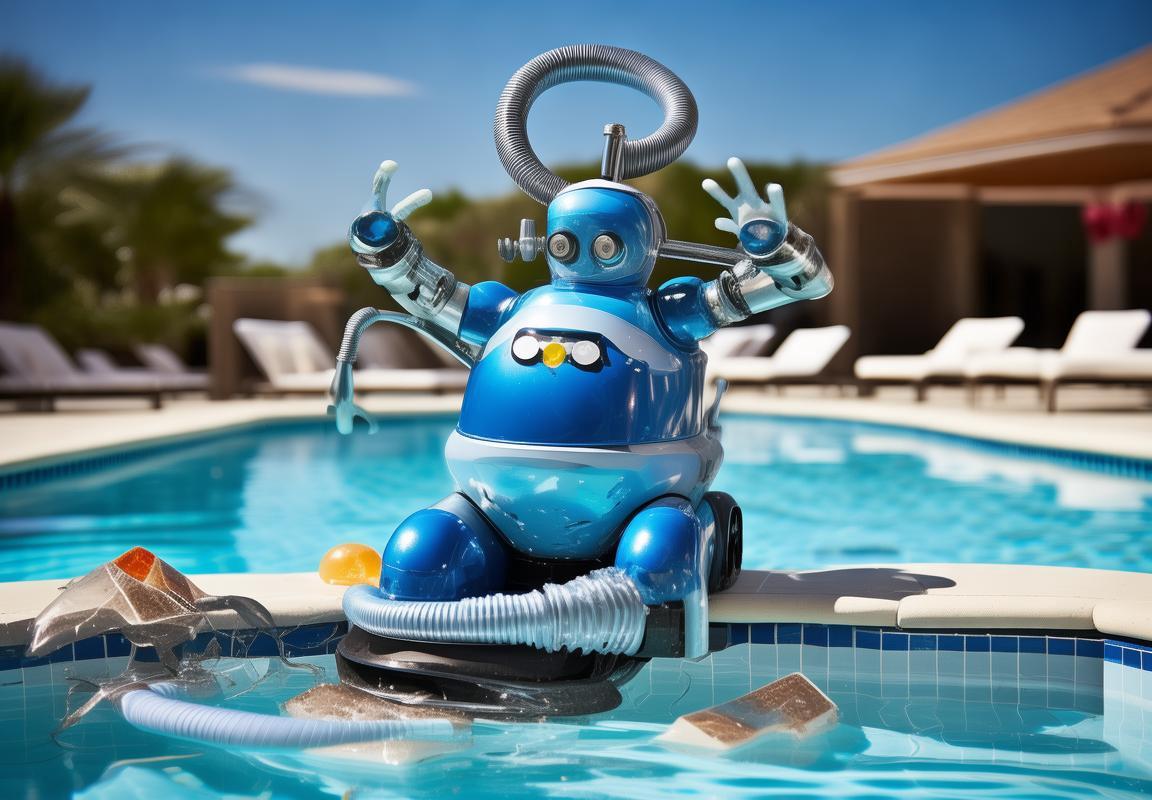Pool Cleaner Parts 101: Essential Pool Maintenance Tips to Keep The Pool Cleaner Running Smoothly
Your pool cleaner is like a high-maintenance friend—it works great until it doesn’t. Most issues aren’t fatal; they’re just worn-out pool cleaner parts needing attention. If the pool cleaner moves sluggishly, check for clogs in the filter bag or kinked hoses. Spinning in circles? Worn tires or treads are likely the culprit. Weak suction often means a torn diaphragm, while leaks point to cracked O-rings or seals. Grinding noises? Debris in the turbine or failing gears. Regular pool maintenance—like cleaning filters, lubricating seals, and replacing worn Pool Cleaner Parts—can save you from costly replacements. Keep spare tires, belts, and diaphragms on hand, and don’t ignore the manual. Most problems are fixable with a $20 part and a little DIY effort, keeping your pool pristine and your wallet happy.

